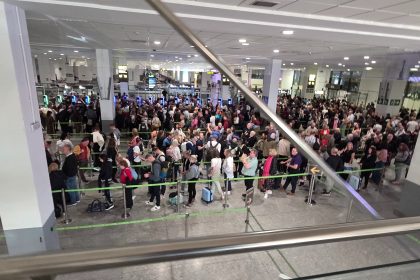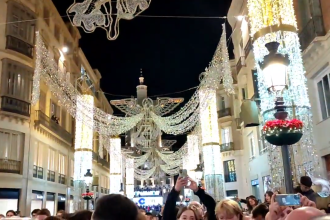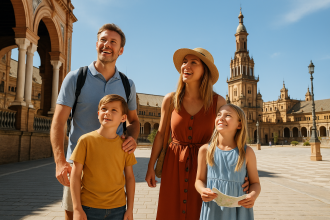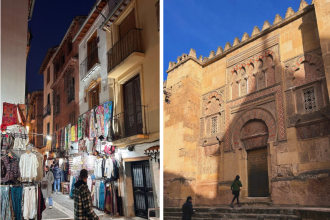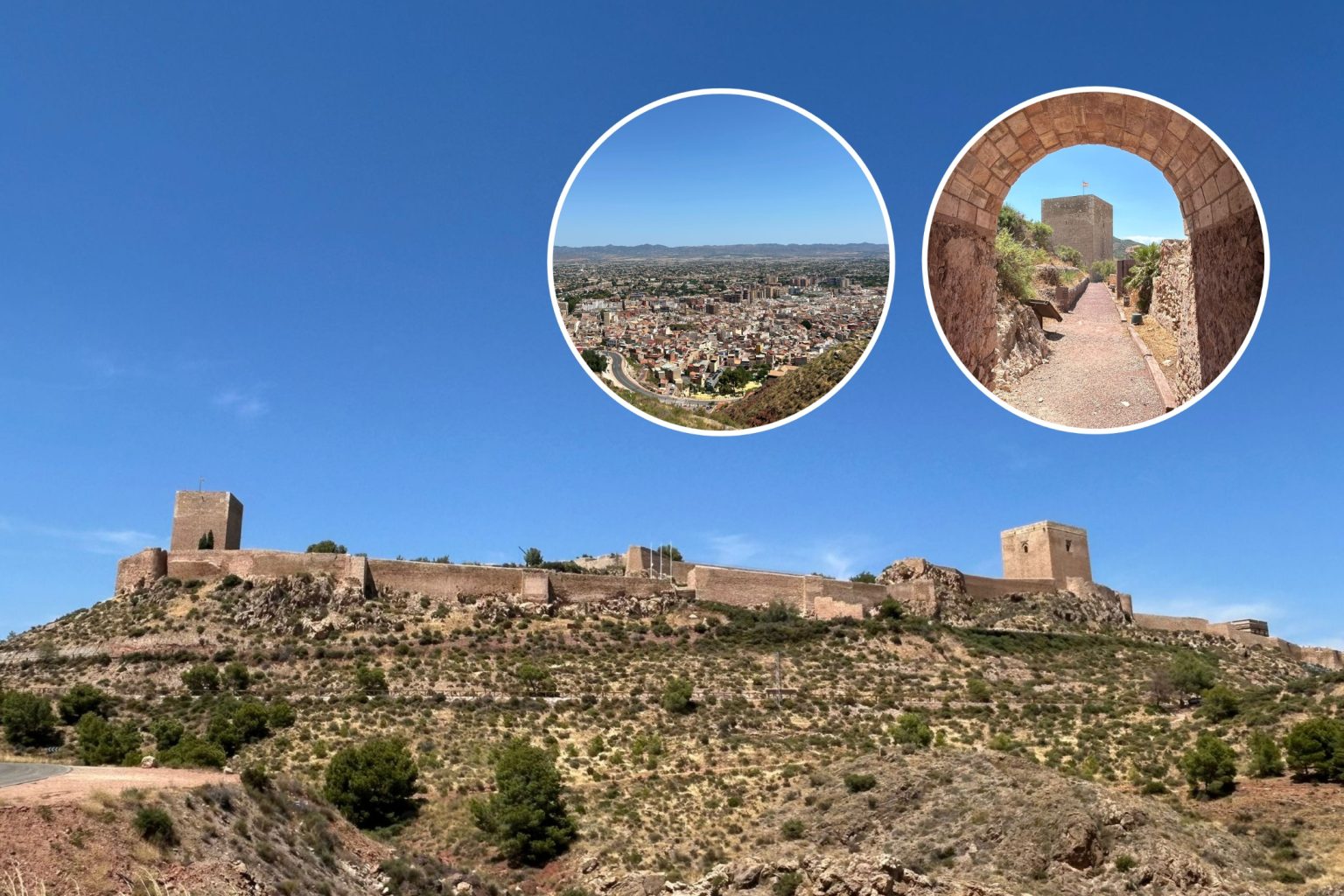
Must visit: Medieval castle in Murcia sends you back in time and offers jaw-dropping views
The imposing Castillo de Lorca (Lorca Castle), situated in inland Murcia, stands as a significant example of medieval frontier fortification.
In a new travel series called Pit Stop Spain, The Spanish Eye editor Laurence Dollimore visits the country’s lesser known towns, cities and sites th
Laurence Dollimore has been covering news in Spain for almost a decade. The London-born expat is NCTJ-trained and has a Gold Star Diploma in Multimedia Journalism from the prestigious News Associates. Laurence has reported from Spain for some of the UK's biggest titles, including MailOnline, The Telegraph, Daily Mail, Mail on Sunday, The Sun and the Sun Online. He also has a Master's Degree in International Relations from Queen Mary University London.
Leave a Comment


